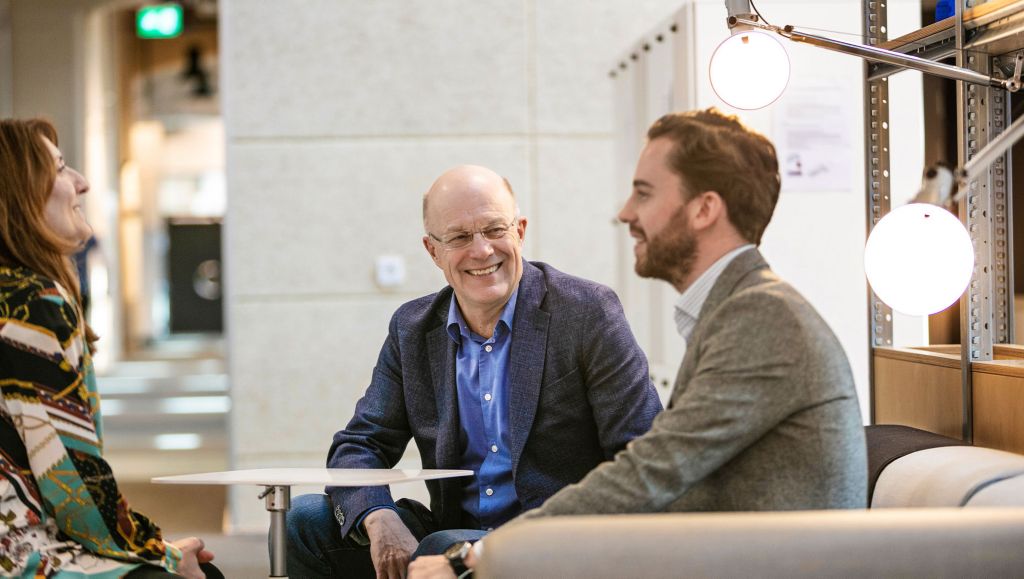The factory of tomorrow is already here


The objective of Industry 4.0, the fourth industrial revolution, is to create a smart factory or plant at which everything in production is connected. The term was introduced in Germany in 2011. The first three industrial revolutions resulted from the rise of the steam engine, electricity and electronics.
Industry 4.0 is transforming GTO. Through both local initiatives and larger global projects.
Jan Ohlsson, EVP Group Trucks Operations, Volvo Group´s truck manufacturing organization,anticipates big changes, when it comes to both technology and the way work will look for teams and individual employees.
“Right now, our imagination is the only thing setting the limits. New technologies are adding value and have enormous potential,” he says.
Connected factory
When most people hear about electromobility, connectivity and automation, the first thing that comes to mind are products, but, for Jan Ohlsson, they also refer to a digital, connected factory.
“These days, we no longer use print-outs, for example. Information for verification and decisions is available in apps or on dashboards. We have robotic colleagues in prep work on the line, autonomous fork-lifts in logistics and soft robots that can perform straightforward tasks at the office,” he says.
Right now, our imagination is the only thing setting the limits. New technologies are adding value and have enormous potential.
But this is not a radical overhaul – these changes are taking place step by step. “Through our work on continuous improvement, we are building our future workplace together. Everyone is included and can have an impact. What’s more, we are doing this cross-functionally. All the roles and areas of responsibility are taking part and are driving technology development.”
Jan Ohlsson compares Volvo Group’s local pilot schemes with start-up companies. This includes the chance to test and learn: to close an initiative down if it does not work or implement it if it adds value.
“This is an entirely new culture and we aren’t used to this way of working. But developments are taking place at lightning speed, we are finding new opportunities every month and it’s better to divide the work into smaller projects.”
Employee skills
Right now, there is a whole raft of successful pilot schemes in operation. A simple app to follow the logistical flow of trailers, an AR app to check the status of a machine, maintenance from a distance using AR glasses and tests of robots that work side by side with operators, are just a few examples. At the same time, large global initiatives like a totally connected logistics flow from suppliers to the point of use in a plant are also in progress. Jan Ohlsson stresses that employee skills will remain pivotal.
“We need to strike a balance in the transfer of skills – this is the key to success,” he explains.
“Old and new production technology will need to exist side by side for many years if we are to stay competitive.”
There is a huge difference in the industrial systems that are used to produce trucks that are powered by diesel, electricity and perhaps other fuels. This is an area in which Volvo Group need to be flexible during a transitional period.
“It’s absolutely vital that those of us who are already employed move around, but we also need the addition of new employees, new technology and new ways of working. We can also improve our skills and expertise by collaborating on technology with companies and universities in different areas and locations globally.”
What does a factory of the future look like?
“It’s a creative, future-oriented workplace in an ultra-modern company that uses high-tech, smart systems. I’m absolutely sure this will improve our attractiveness as an employer,” says Jan Ohlsson, who is himself genuinely interested in new technology. “I’m installing a digital voice assistant at home. It’s really fun to interact with new technology both at home and at work!”